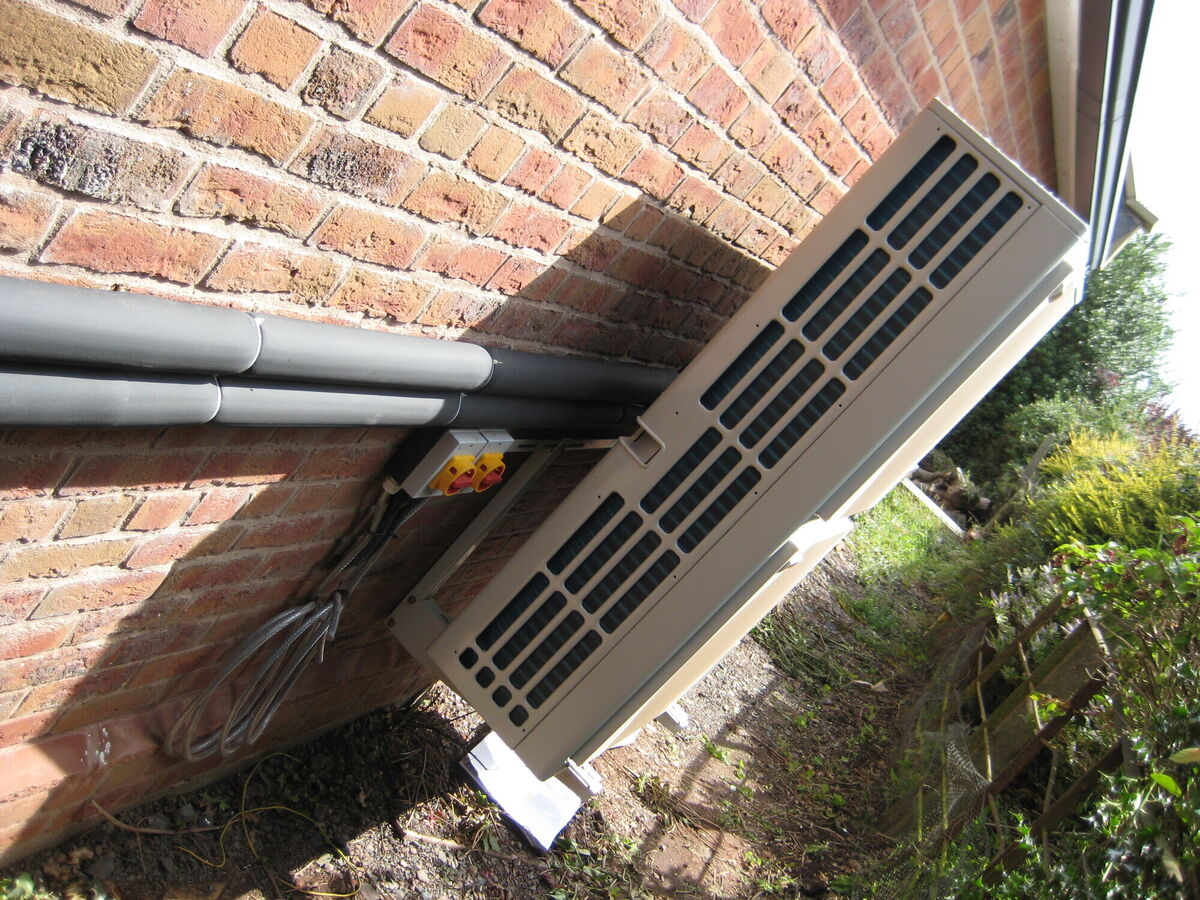Building Advice: What heating system to pick for your home

An air to water heat pump by Nibe AB Sweden. Supplied in Ireland by Unipipe, unipipe.ie.
CLIMATE & SUSTAINABILITY HUB


In the future you may even consider a photovoltaic system where solar panels are fitted to your roof and a battery storage facility is installed. This would allow you to generate electricity, and this could be used to power your air to water system, further reducing your energy bills and of course your carbon footprint.
- Civil engineer Kieran McCarthy is founder, and design and build director with KMC Homes. He is a co-presenter of the RTÉ show ‘Cheap Irish Houses’.













